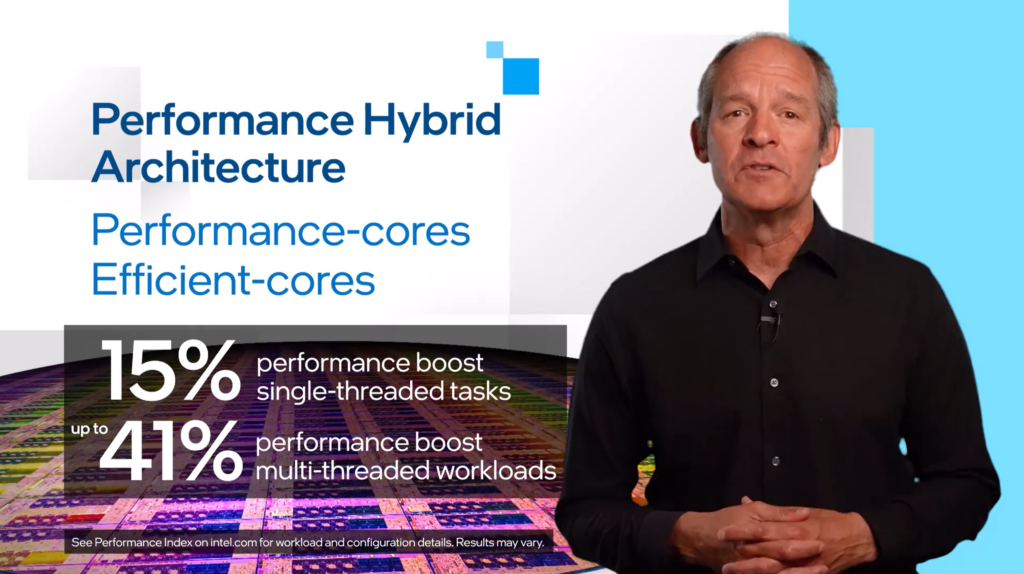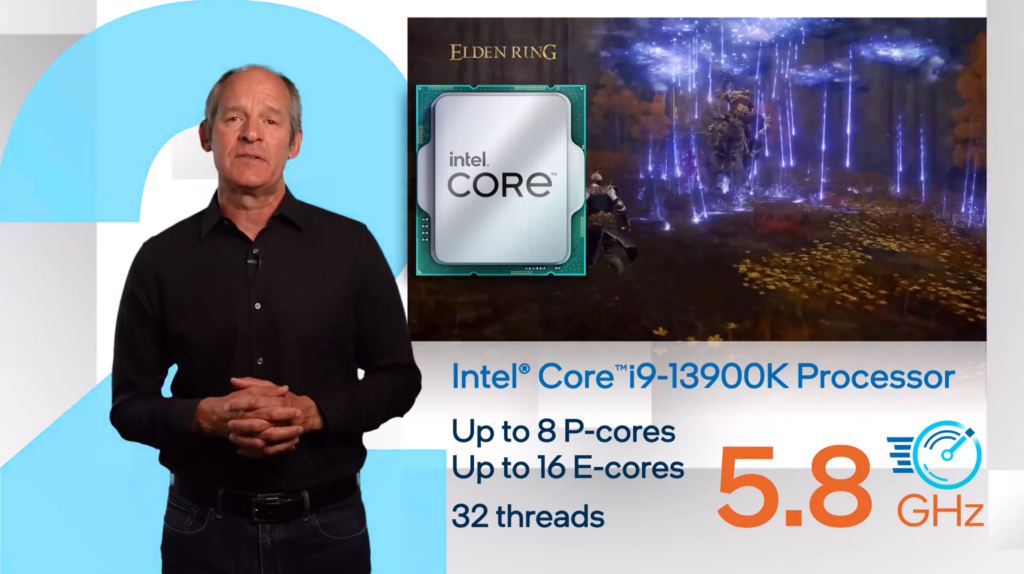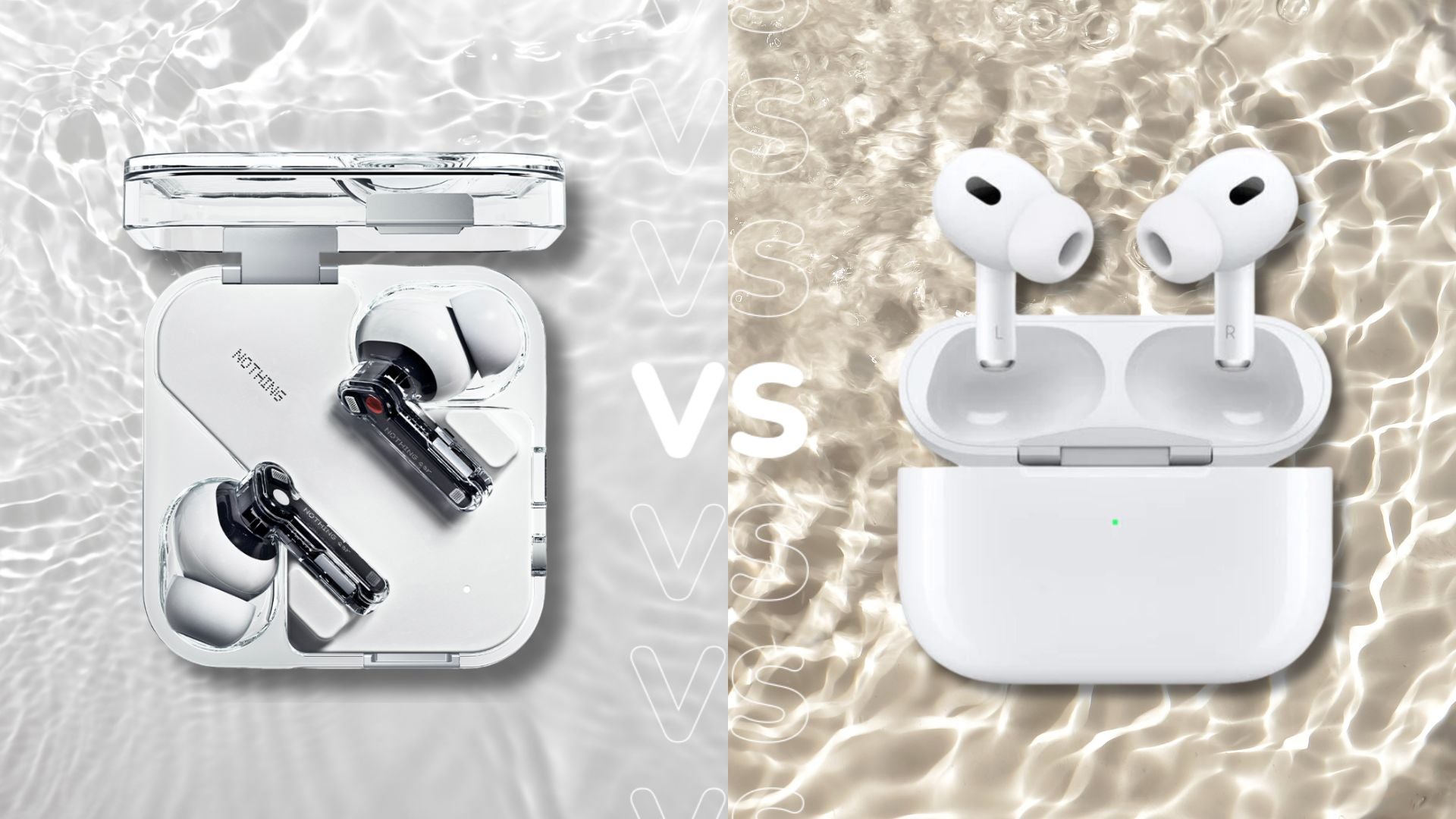Intel Core i9-13900K vs Intel Core i9-12900K: How much better is next-gen?

Intel has announced the next-generation batch of processors in the new Raptor Lake Series. But how does it stack up against Alder Lake?
It’s been a fantastic few weeks for gamers, with Nvidia announcing its RTX 4000 Series of GPUs and AMD announcing its Ryzen 7000 Series of CPUs, giving people a lot more choice when it comes to the build of their PC.
And now, Intel has come out and announced the 13th-generation of its Intel Core processors, also known as Raptor Lake. The flagship i9-13900K is the fastest desktop processor in the world, according to the company, offering one of the best gaming experiences.
But does this processor hold up to all the hype? We’ve curated some of the key differences between the latest flagship processor and the 12th-gen Intel Core i9-12900K CPU, so you can see which one comes out on top.
The latest processor has more cores
The i9-13900K comes with a whopping 24 total cores, while the i9-12900K comes with only 16. More cores will ensure faster performance, since having more means that each core can handle different data threads simultaneously, so more data can be transferred and processed quickly.
Breaking that down further, the 12th-gen processor has 8 Performance-cores and 8 Efficient-cores. This means that half of the cores can focus on active applications that require more power, such as watching a video or playing a game, while the other half of the cores can tackle smaller background tasks to ensure that your PC runs smoothly.
The 13th-gen processor now has 8 P-cores and 16 E-cores. Intel claims that this will improve multi-core performance by up to 41% since it can better handle multiple tasks, allowing users to multitask with more ease.

Raptor Lake features more threads
As well as having more cores than its predecessor, the i9-13900K also comes packed with more threads, at 32, compared to the 24 threads that feature on the i9-12900K.
More threads mean that your CPU can handle more things at once, so having more threads allows for multiple processes to be run at once, which also helps improve performance in multi-threaded tasks. Multi-threaded tasks include anything that requires more than one activity to be processed at once, as your PC needs to take in a lot of information at once for it to run smoothly.
Essentially, the increased number of cores and increased number of threads will allow for a smoother experience when running multi-threaded tasks, which should have a positive impact on anyone looking to engage in creative work.
Alder Lake has a lower max turbo frequency
The Raptor Lake flagship outpaces its predecessor in another category, as it packs a higher max turbo frequency than its sibling. The i9-13900K has a max turbo frequency of 5.80GHz, with the i9-12900K topping out at 5.2GHz.
Max turbo frequency comes into play when the CPU undertakes single-threaded workloads. Gaming is a great example, helping to boost the frame rate performance.
The fact that the Raptor Lake processor has a higher max turbo frequency means that it has a higher peak performance than Alder Lake.

Intel has priced them the same
Both the Intel Core i9-12900K and the i9-13900K have been given the same recommended customer price by Intel, starting at $589. However it’s likely that the pricing for the latest processor will vary depending on the seller.
Hopefully, the suggested price will be reflected in the third-party listings, although it is likely that the 13th-generation processor will be listed as the pricier choice, which can be found for various prices from sites like Overlockers and CCL Computers.








